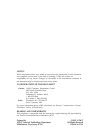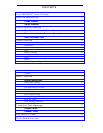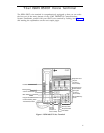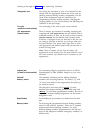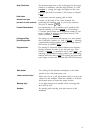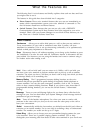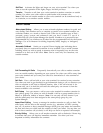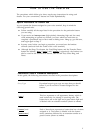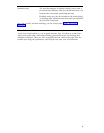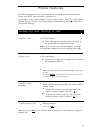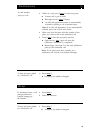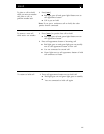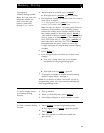
Starting at the right of Figure 1 and continuing clockwise:
Designation card
Line jack
(on back of voice terminal)
Call appearances/
Feature buttons
Adjunct jack
(on back of voice terminal)
Dial pad/
Memory access
Redial button
Memory button
For noting the extension of your voice terminal or the
feature that the appropriate button can access, and for
labeling memory-dialing location assignments. On the
back of the designation card are instructions for
programming memory-dialing locations, changing the
ringing pattern on your voice terminal, and adjusting the
loudness of the tone ringer.
For connecting a line cord to your voice terminal.
These 3 buttons are devoted to handling incoming and
outgoing calls (call appearances) and are labeled with an
extension number, or they can be used to access features
(feature buttons) and are labeled with a feature name.
Each has a red light to tell you that this is the line you
are using or that this is the line you will get when you
lift your handset. The green status light next to each
call appearance and feature button tells you the line or
feature is being used.
Note: These 3 buttons can be used for either call
appearances or for features, but, for more effective use of
the voice terminal, you should use all 3 buttons as call
appearances.
For connecting adjunct equipment such as an S201A
Speakerphone or 500A Headset Adapter to your voice
terminal.
The standard 12-button pad for dialing telephone
numbers and accessing features. The letters, "Q" and
"Z," have been added to the appropriate dial pad keys
for directory access.
The dial pad is also used with [
Program ] to store
numbers into memory-dialing locations and used with
[
Memory ] to dial these programmed numbers. Be sure to
write these memory-dialing assignments on the button
designation card.
For redialing the last number you dialed from the dial
pad.
For accessing the programmed memory-dialing numbers
stored in dial pad key locations. There are 12 possible
programmed memory-dialing numbers. Use these
memory-dialing numbers (programmed on the dial pad
keys) to dial telephone numbers, emergency numbers, or
feature codes.
2




